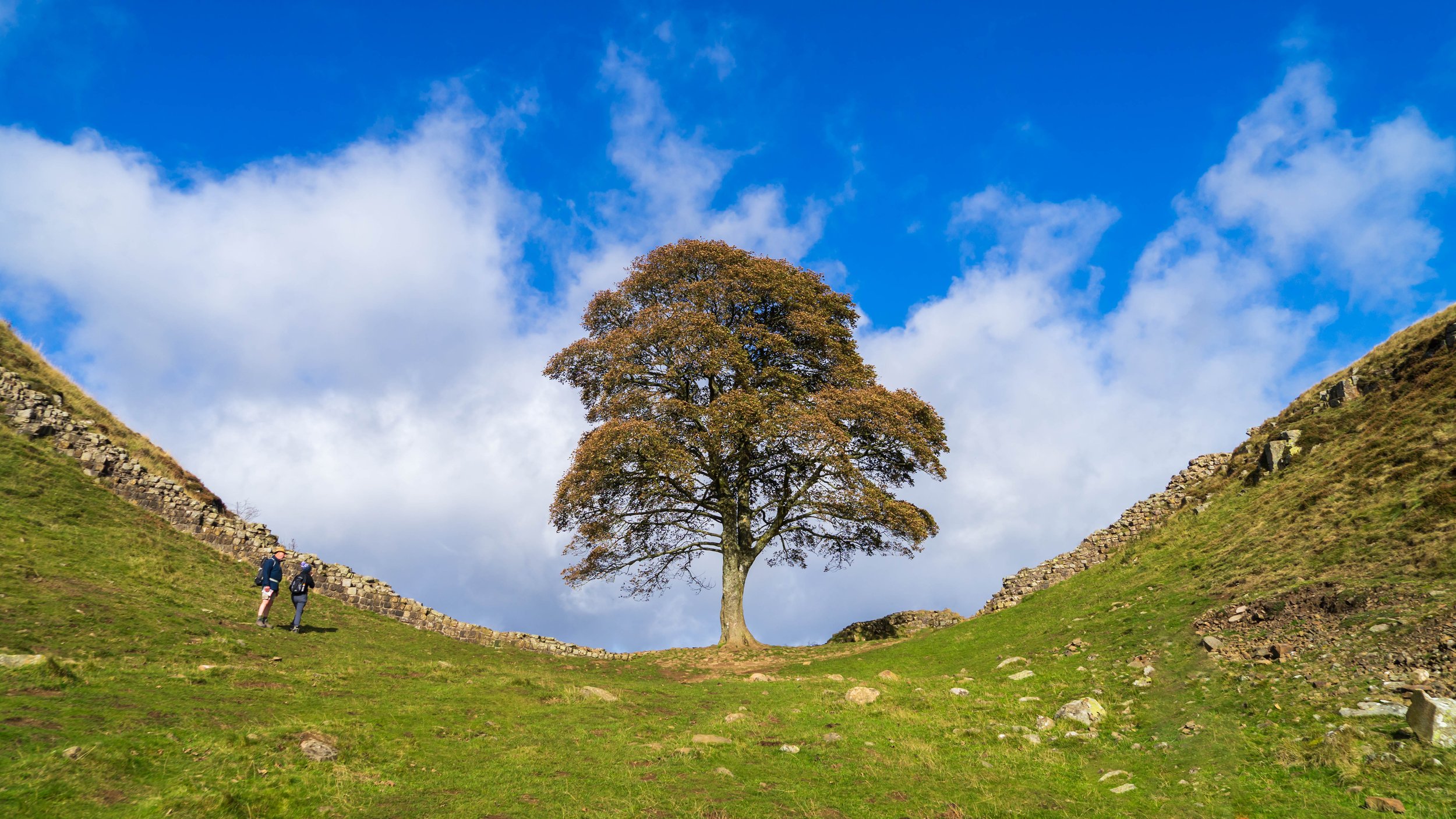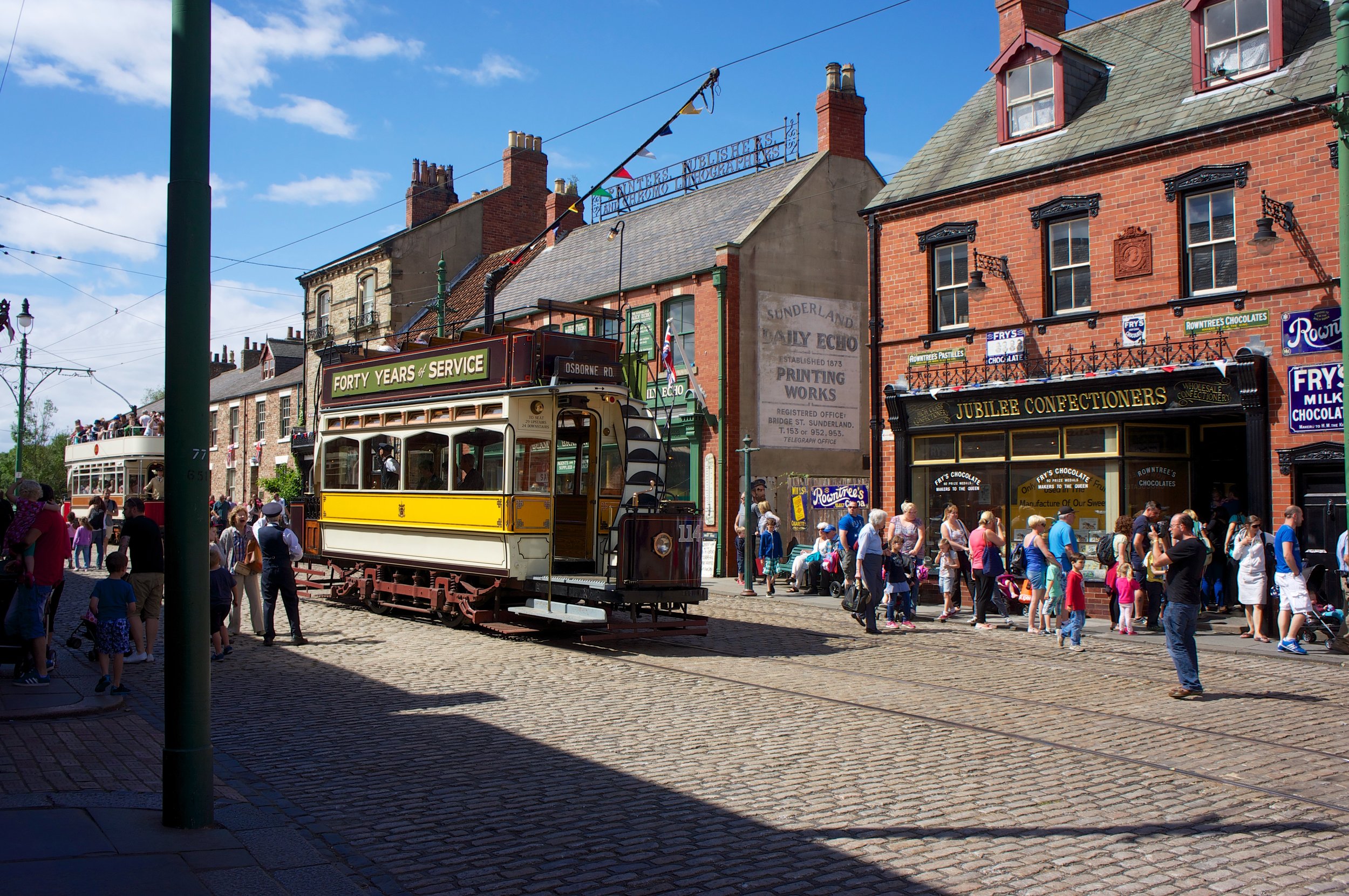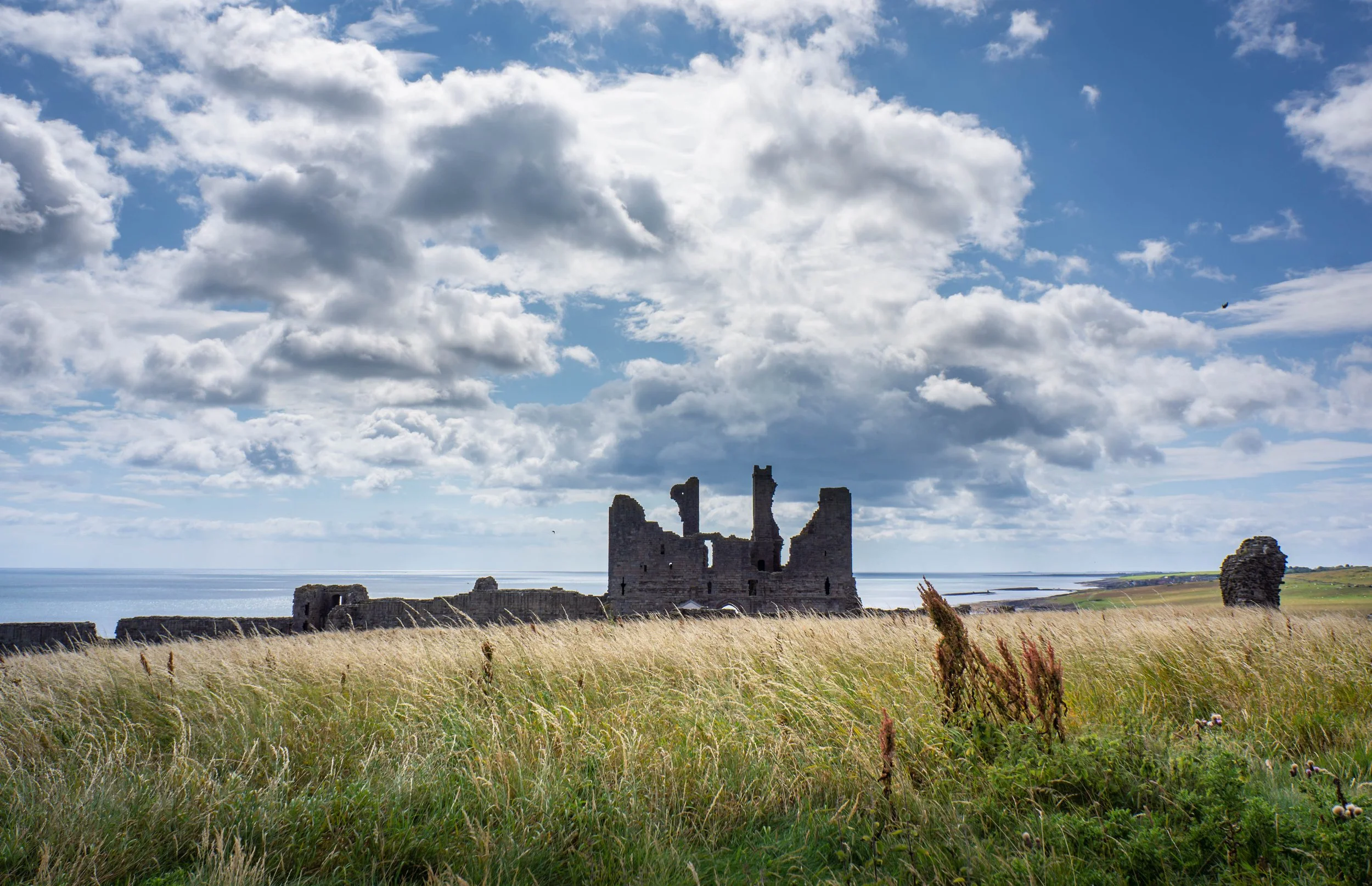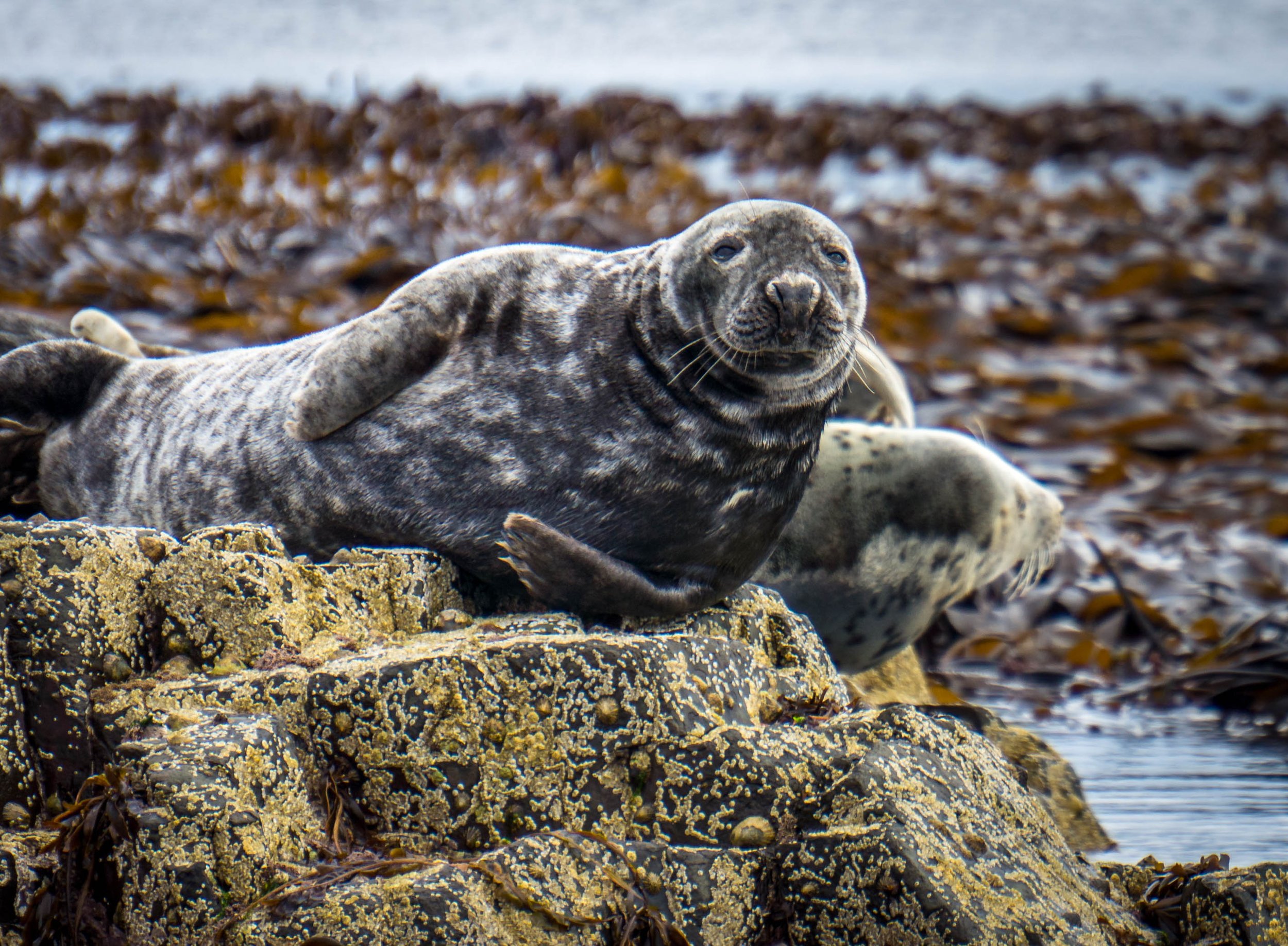Oakwood Cottages are perfectly located to explore everything that Northumberland has to offer. Home to more castles than any other county in England and with coastline designated AONB, you will be spoilt for choice!
Towns and villages
Morpeth. Morpeth is a short drive away with riverside boats, and mix of shops, pubs, eateries and parks. There is also a brand new leisure complex opening April 2023. Leave your car at the railway station, and catch a train to Edinburgh, Newcastle or York. Eshott Heugh Animal Park is nearby and a short drive takes you to Druridge Bay Nature Reserve with glorious sand dunes at the start of the Heritage coast.
Warkworth. Both featuring magnificent castles, artisan shops, and amazing views. Although small Warkworth contains a wealth of history just waiting to be discovered.
Craster. Famous for its smoked kippers, popular with the Royal Family, the ruins of a once magnificent fortress, local art, a tranquil cove, and bird spotting.
Seahouses. A pretty harbour with views towards Bamburgh Castle and Holy Island and Lindisfarne Castle. Boat trips to the Farne Islands. Seahouses’ fishing past lives on at Swallow Fish, who have been smoking on site since 1843. See the Fisherman’s Kitchen, where historic fishing memorabilia and curios are displayed alongside the local catch-of-the-day.
Amble. Sits alongside the River Coquet estuary at the southern edge of the Northumberland Coast Area of Outstanding Natural Beauty. Its harbour is filled with fish shacks, seafood eateries, and pastel-painted beach huts. Enjoy Amble Market Day featuring a wide range of locally sourced fresh produce, handmade goods, and unique gift ideas. The Amble Puffin Festival celebrates everything Puffin! Fun and activities and is at the best time of year to take a trip to RSPB Coquet Island Nature Reserve to see the puffins, as they prepare to take care of their newly hatched pufflings.
Alnmouth. An attractive village with colourfully painted houses and pretty rows of shops and cafes, all overlooking the Aln estuary and sweeping, sandy beach. Every June, Alnmouth hosts the Alnmouth Arts Festival.
Bamburgh. A pristine beach, drifting sand dunes, snug eateries tucked away on street corners, and a magnificent castle view everywhere you turn. These are just a few of Bamburgh’s draws, not to mention its coastal setting in the county's AONB.
Alnwick. This historic market town features cobbled streets, a market where you can buy local produce, arts, crafts and household items and, overlooking the river Aln, the second largest inhabited castle in the UK, home to the Percy family for 700 years.

Sweeping, sandy beaches, dunes and rock pools
Bamburgh Beach. A sweeping, sandy beach with the dramatic backdrop of the dunes and Bamburgh Castle and views of the Farne Islands and Holy Island out to sea.
Embleton Bay. This pale, sandy beach sits below the ruins of Dunstanburgh Castle. The northern part of the beach is home to the ‘Vanishing Rock’ upon which the name of Scottish pirate Andra Barton is carved, killed in a sea battle with the English in 1511.
Ross Back Sands. A remote beach which sits between Holy Island and Budle Bay. Entirely cut off from the rest of the coast and only accessible by a walk of about a mile along a scenic footpath. Offering excellent views of Bamburgh Castle and Lindisfarne and a shipwreck uncovered at low tide.
Beadnell Beach. Surfing, dune-sledging, kite-surfing, wind-surfing, sailing.
Rumbling Kern. A tiny beach in a rocky cove south of Cullernose Point near Howick Hall , the beach is sheltered behind small cliffs that face inland from the sea.
Blyth Beach. A vast stretch of golden sand stretching from the port of Blyth to the harbour village of Seaton Sluice.
Cheswick Sands. This dog-friendly beach is one of the biggest beaches on the Northumberland coast with black basalt rock-pools and dunes. Panoramic views south to Holy Island and north to Berwick-upon-Tweed and beyond to the Border.
Low Newton Beach. This pretty beach sits in a sheltered bay, with views of Dunstanburgh Castle in the distance. Running right up to the village you can sit on the grass outside The Ship Inn with a fresh crab sandwich and glass of real ale brewed in their microbrewery.
Spittal Beach. A popular holiday resort and once an 18th century seaside spa town you can still stroll along the Victorian promenade and enjoy views of the Elizabethan Walls surrounding Berwick-upon-Tweed.
Druridge Bay. Stretching seven miles from Amble to Cresswell village. With beach walks and access to Hauxley Nature Reserve behind the dunes. Picnic on the shore of the Ladyburn Lake fringed by 100-acres of woodland and meadows.
Budle Bay. Part of the Lindisfarne National Nature Reserve and home to thousands of birds who congregate at low tide - particularly in winter when thousands of wildfowl and waders flock here.
A great day out –
Castles, parks, monuments and museums
Hadrian’s Wall. A striking feat of engineering by the Roman Empire, this stone wall undulates for 73-miles across the UK. Scattered along its length are the remains of forts, temples, and Roman bath houses.
Warkworth Castle. Located in the pretty village of Warkworth in Northumberland. Both the castle and the village sit in a loop in the River Coquet which meanders its way to the sea. The castle has remains from the 13th century and a gatehouse from the 15th century. There are four towers in a rather irregular design and the castle is built on top of a mound (motte).
Chillingham Castle. Built in the 12th century on the site of an old monastery and said to be Britain’s most haunted castle. Chillingham Castle became the seat of the Grey family in the 1600s and is still owned by their descendants.
Ad Gefrin. A world class Anglo-Saxon Museum and English whisky distillery in Wooler.
This multimillion-pound venue celebrates and showcases the unique heritage, ancient hospitality, and contemporary crafts, arts and produce of Northumberland and re-awakens the Northumbrian tradition for Whisky distilling that has slept for over 200 years.
Visitors can step back in time to the Royal Court and countryside of the 7th century Northumbrian kings and queens and visit the Ad Gefrin Distillery whose Single Malt Whisky is distilled from the finest malting barley and the purest Cheviot water.
Beamish, The Living Museum of the North. Although located a little further south in County Durham it is still reasonably close and is great for a family day out. This world famous open air museum brings the history of North East England to life at its 1820s Pockerley, 1900s Town, 1900s Pit Village, 1940s Farm, 1950s Town and 1950s Spain’s Field Farm exhibit areas.
Alnwick Castle. A castle and country house in Alnwick and home to the Dukes of Northumberland for over 700 years. It is now the seat of the 12th Duke of Northumberland. and is the second biggest inhabited castle in England after Windsor. Built following the Norman conquest and renovated and remodelled a number of times.
Lindisfarne Castle. Perched on a rocky peak on Holy Island and only accessible when the tide is out. Owned by The National Trust, this castle is built on a volcanic plug which is known as the Beblowe Crag, and began life as a 16th-century fort. It was partly constructed using stone ‘recycled’ from Lindisfarne Priory which was destroyed during Henry VIII’s Dissolution of the Monasteries.
Bamburgh Castle. Sitting on top of a volcanic outcrop, Bamburgh Castle towers above the coastline and the village of Bamburgh. Once a Celtic fort, home to the kings of ancient Northumbria, it covers over nine acres, with breath taking views from the battlements down to the long sandy beach below and out to the North Sea, Lindisfarne and the Farne Islands.
Dunstanburgh Castle. This is owned by English Heritage and is a 14th-century fortification on the coast between the villages of Craster and Embleton. The castle was built by Earl Thomas of Lancaster between 1313 and 1322, taking advantage of the site's natural defences and the existing earthworks of an Iron Age fort.
Northumberland National Park. Stretching over 400 square miles, from the rolling hills in The Cheviots to the rugged points of the Great Whin Sill along Hadrian’s Wall, this is one of England’s finest landscapes. Home to England’s darkest skies and peppered with Roman ruins, hillforts and bastles and has a rich natural environment alive with peat bogs, hay meadows, waterfalls, loughs, clean rivers, clear air, and wildlife.
The Farne Islands. Possibly the most exciting seabird colony in England with unrivalled views of 23 species, including around 43,000 pairs of puffin. It's also one of the most important grey seal pupping sites in England, with more than 2,000 pups born every autumn.
Inner Farne is home to dive-bombing terns, a medieval chapel and Victorian lighthouse. Historically, the islands have strong links with Celtic Christianity and St Cuthbert, who lived here in the 7th Century.
Golf Courses
Northumberland’s golf courses have breath taking backdrops. Be it the AONB coastline, stunning castles or dramatic landscapes, you won’t be disappointed.
Dunstanburgh Castle Golf Course. Classic 18 hole seaside links course founded 1900 designed by James Braid. Adjacent to beautiful Embleton Bay and historic Dunstanburgh Castle.
Warkworth Golf Club. A seaside links course designed by ‘Old Tom Morris’ in 1891. The course is a very interesting and testing course in idyllic surroundings offering stunning beauty with outstanding views of the Northumberland coastline and Warkworth Castle.
Alnmouth Golf Club. Golf Club and course set on magnificent Foxton Bay. Eighteen holes with clubhouse, snooker room, bars and restaurant open to the public.
Bamburgh Castle Golf Club. This golf course is possibly the most stunning and beautifully located in England.
Goswick Golf Club. Northumberland’s top-ranked course and a James Braid-designed authentic links set in an Area of Outstanding Natural Beauty.




















